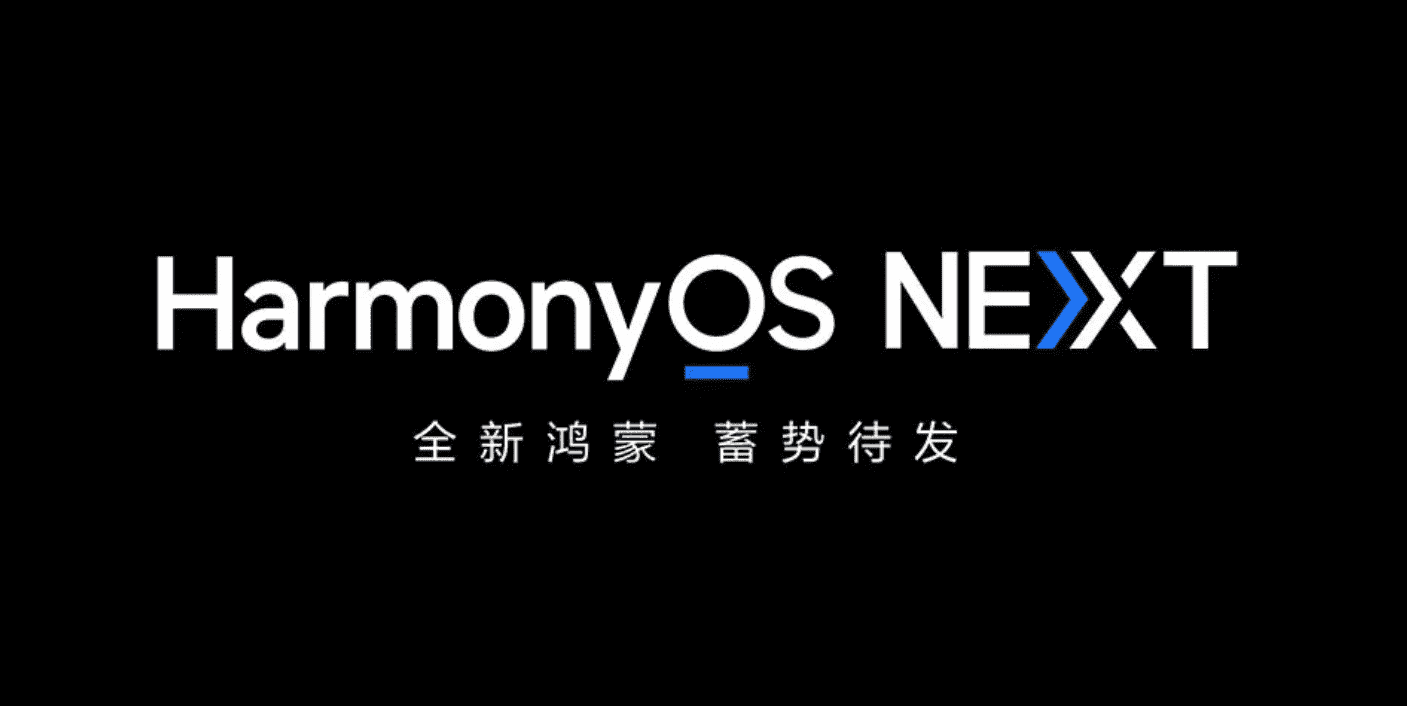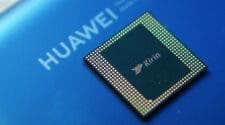Huawei, a well known Chinese tech company, is making a major change: it will stop using Android entirely. This decision comes after a surprising U.S. ban five years ago that disrupted Huawei’s operations and pushed the company to find new solutions. While Huawei was caught off guard, it had already been preparing a backup plan to develop its own operating system, similar to Android. However, the timeline for this shift was influenced by the ban.
Huawei’s Big Change: Moving Away from Android to HarmonyOS Next
To handle the challenges caused by the ban on Google Mobile Services (GMS), Huawei quickly launched the first version of HarmonyOS. This was not just a temporary solution; it was essential for keeping the company running. Over the years, Huawei introduced its own services, such as Huawei Mobile Services (HMS) and AppGallery, gradually building a new ecosystem. However, these services were still based on the Android Open Source Project (AOSP), which meant they were still tied to Android.

Now, a significant change is coming with the launch of HarmonyOS Next, which was previewed earlier this year. This new operating system is a major step forward, as it does not use any Android libraries. Because of this, HarmonyOS Next cannot run traditional Android APK files; it will only support apps made specifically for this platform. The Ark Compiler helps developers create apps that work well with Huawei Mobile Services (HMS) Core.
In June, Huawei released the first beta version of HarmonyOS Next. At that time, the company proudly announced it had 1,500 apps ready for use. With more than 5,000 additional apps in development. This early success showed Huawei’s commitment to building a strong ecosystem independent of Android. Now, the stable version of HarmonyOS Next is set to launch soon. With Huawei planning to release it in China in the fourth quarter of 2024.
Gizchina News of the week
Recent announcements have revealed even more impressive numbers. Huawei now claims that over 10,000 applications and services are ready for HarmonyOS Next. This is an increase from the earlier estimate of 5,000 apps in development. The extensive collection of apps meets “99.9% of user needs,” according to the company. Huawei attributes this rapid growth to its efforts to engage the developer community. The team adapted over 470 software development kits (SDKs) for HarmonyOS. This adaptation significantly reduces the workload for app developers by up to 90%.
Huawei’s Bold Step Into Independence with 10,000+ Apps
The number of developers registered with the Huawei Developer Alliance has also grown tremendously. Reaching 6.75 million in the past five years—an increase of more than tenfold. This growth reflects the positive response from developers and highlights Huawei’s commitment to creating a supportive environment for app development.
As HarmonyOS Next prepares for its official launch, Huawei aims to become the third-largest operating system provider in the world. However, it may take time for HarmonyOS Next to gain popularity outside of China. According to Huawei’s roadmap, the first devices to receive the stable version of the new operating system will include:
- Mate 60 series
- Mate X5
- Pura 70 series
- Pocket 2
- FreeBuds Pro 3
- MatePad Pro 13.2″
- MatePad Pro 11″ (2024)





